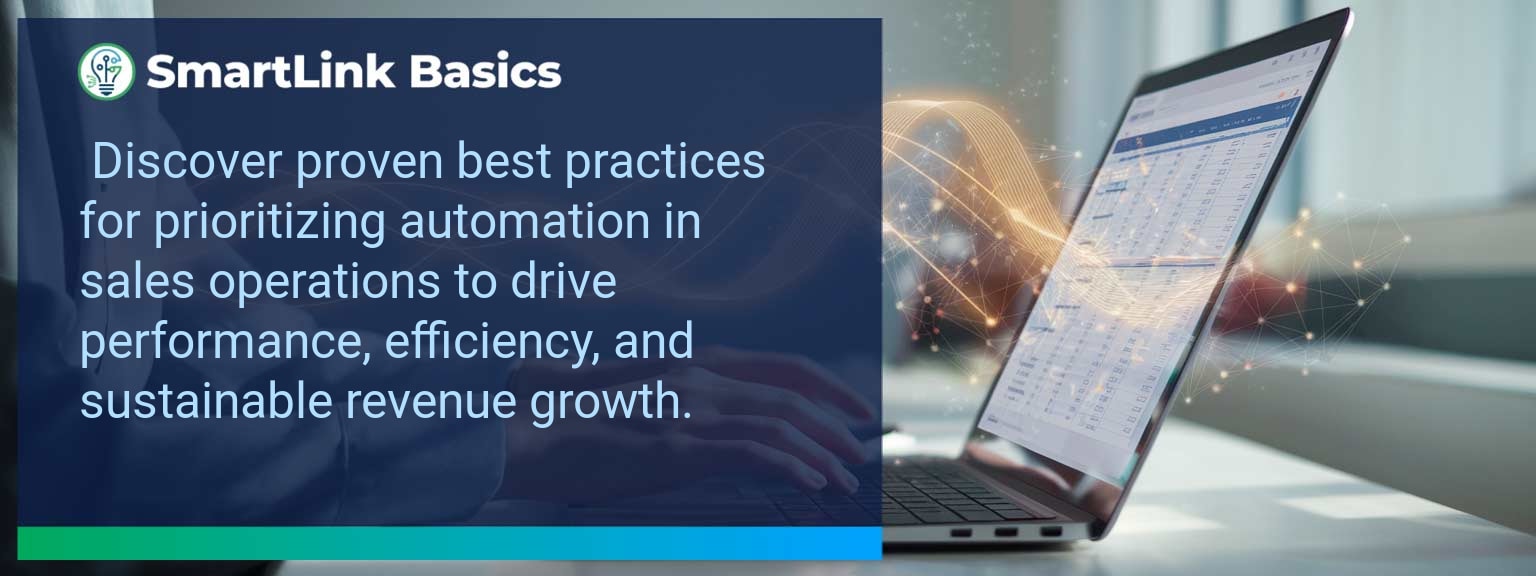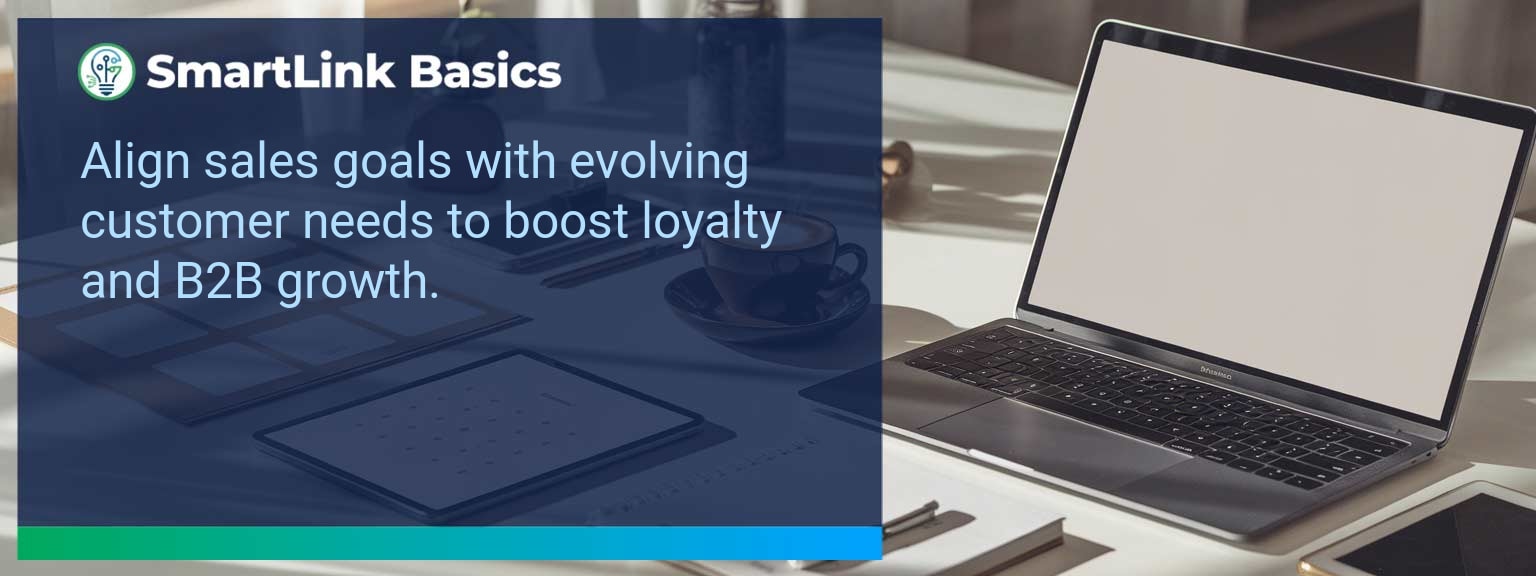Sales leaders face shorter product lifecycles and evolving buyer expectations. SmartLink Basics recommends embedding Continuous Learning into sales operations so teams keep skills current and pipelines healthy. This post explains why traditional, episodic training fails, how to redesign your revenue operating system for learning, and step-by-step actions to make learning measurable and repeatable. You will get a 90-day plan, the metrics that matter, and tactical playbook items you can use this quarter.
- Shift from one-off training to an integrated Continuous Learning system aligned to revenue motions.
- Redesign ICP, pipeline architecture, plays, and cadence to reinforce skill practice and knowledge transfer.
- Use LMS for sales plus AI coaching tools to scale sales coaching and peer mentoring.
- Measure leading, lagging, and quality metrics tied to behavior and revenue impact.
- Run a focused 90-day pilot on one product line to prove value and iterate.
What Changed and Why Continuous Learning Matters
Buyers expect domain expertise and rapid answers. Sales cycles now reward reps who combine product depth with consultative technique. Continuous Learning creates a feedback loop where coaching, practice, and customer signals inform daily seller behavior.
Adopting Continuous Learning reduces time-to-competency for new hires and closes skill gaps in tenured sellers. This approach uses micro-learning, role plays, and AI-assisted coaching to make learning part of the revenue operating rhythm rather than an annual checkbox.
Redesign the Revenue Operating System with Continuous Learning
Learning must be embedded into the revenue engine. Align hiring, enablement, and manager coaching so knowledge flows into deals and forecasts.
ICP, Segmentation, and Targeting
Define the buyers where skill differentiation yields the largest margin. Map required seller competencies to each ICP and prioritize training on the highest-impact segments. Use win-loss analysis to refine the list quarterly.
Pipeline Architecture
Design pipeline stages that surface skill checkpoints. Add explicit review gates for solution mapping and negotiation readiness. These gates become triggers for targeted micro-lessons and coaching sprints.
Plays and Messaging
Create plays that pair messaging templates with practice sessions. Integrate role-play recordings into your LMS for on-demand review. Peer mentoring accelerates adoption of high-performing plays.
Operating Cadence
Set a weekly cadence of short team huddles, monthly manager coaching, and quarterly skills sprints. Use sales coaching scorecards to focus 1:1 conversations on observable behaviors instead of anecdotes.
Common Learning Challenges In Sales
Many teams still rely on long classroom sessions and slide decks. This leads to low retention and limited behavior change. A lack of role-specific practice and weak reinforcement are common failure points.
Address these gaps with blended delivery: micro-lessons, live coaching, and immediate application on active deals. Prioritize skill development tied to revenue plays, not generic sales theory.
Practical Steps To Build A Learning Culture
Start with a capability map that links revenue objectives to skill requirements. Then layer an LMS for sales, short practice cycles, and manager enablement. Pair each learning module with a coaching rubric to ensure consistent feedback.
Example: run a two-week challenge where each rep practices a discovery script on three live calls. Capture recordings, score them against the rubric, and run a peer review session to spread effective techniques. That sequence converts knowledge into observable behaviors.
Table description: The following table lists leading, lagging, and quality metrics you can track to measure learning adoption and revenue impact.
| Category | Metric | Definition | Target |
|---|---|---|---|
| Leading | Weekly Practice Completion | % of reps completing assigned micro-lessons and role plays | 85%+ |
| Leading | Coaching Touchpoints | Avg number of documented manager coaching sessions per rep per month | 2+ |
| Lagging | Quota Attainment | % of reps hitting quota after training cohort | 70%+ |
| Lagging | Sales Cycle Velocity | Change in average days to close for targeted plays | 10% reduction |
| Quality | Coaching Quality Score | Manager and peer ratings on coaching effectiveness | 4/5+ |
| Quality | Play Adoption Rate | % of opportunities where recommended play was used and logged | 75%+ |
Measuring Learning Impact On Revenue
Link learning metrics to pipeline health. Track whether reps who complete practice modules win more often and close faster. Use A/B pilot groups to isolate the effect of coaching interventions.
Pair LMS for sales data with CRM signals and customer feedback to build a composite impact score. That score helps prioritize scaling programs with the highest ROI.
Leading With Learning And AI
AI can speed skill coaching by surfacing call moments, suggesting language, and personalizing micro-lessons. Use AI to free managers to focus on high-value coaching and peer mentoring.
Start with targeted pilots that combine LMS, sales coaching tools, and an AI assistant. Track how AI-driven recommendations improve sales coaching scores and conversion rates.
Get the 90-day plan, coaching rubric, and dashboard template to operationalize AI in your enablement program.
Build measurable learning systems to accelerate revenue
Practical, repeated practice plus coaching converts training into sales outcomes. This post outlined how to redesign ICP, pipeline, plays, and cadence and gave a 90-day pilot approach you can implement immediately. Start a focused pilot, measure leading and lagging metrics, then scale the highest-impact elements. Explore AI-driven sales enablement resources from SmartLink Basics for templates and playbooks you can apply now.







